Innovative Flavor Profiles
Innovation in flavor profiles is becoming a key driver within the Almond Drink Market. Manufacturers are increasingly experimenting with various flavors to attract a wider audience. Traditional almond flavors are being complemented with options such as vanilla, chocolate, and even seasonal flavors like pumpkin spice. This diversification not only caters to diverse consumer preferences but also enhances the overall market appeal. Data indicates that flavored almond drinks are gaining traction, with a reported increase in sales by 15% over the past year. As consumers seek unique and enjoyable taste experiences, the Almond Drink Market is likely to see further growth through these innovative offerings.
Expansion of Distribution Channels
The Almond Drink Market is witnessing an expansion of distribution channels, which is facilitating greater accessibility for consumers. Retailers are increasingly stocking almond drinks in various formats, including supermarkets, health food stores, and online platforms. This diversification in distribution not only enhances visibility but also caters to the evolving shopping habits of consumers who prefer online purchasing. Recent statistics indicate that online sales of almond drinks have surged by 20% in the past year, reflecting a shift in consumer behavior. As distribution channels continue to expand, the Almond Drink Market is likely to experience increased sales and market penetration, making almond drinks more readily available to a broader audience.
Increased Awareness of Health Benefits
The Almond Drink Market is benefiting from heightened awareness regarding the health benefits associated with almond-based beverages. Almond drinks are rich in vitamins, minerals, and antioxidants, which appeal to health-conscious consumers. Research suggests that almond milk can contribute to heart health and weight management, making it an attractive option for those looking to improve their diets. As more consumers prioritize health and wellness, the demand for almond drinks is expected to rise. This trend is further supported by the fact that the almond drink segment has been projected to grow at a compound annual growth rate of 8% over the next five years, indicating a robust market potential.
Sustainability and Ethical Consumption
Sustainability is becoming an increasingly important factor influencing consumer choices within the Almond Drink Market. As environmental concerns grow, consumers are gravitating towards products that are perceived as sustainable and ethically produced. Almond drinks, often marketed as eco-friendly alternatives to dairy, align well with this consumer sentiment. The production of almond beverages typically requires less water compared to dairy farming, which resonates with environmentally conscious buyers. This shift towards sustainable consumption is likely to drive growth in the almond drink segment, as brands that emphasize their commitment to sustainability may capture a larger market share. The Almond Drink Market is thus positioned to thrive in an era where ethical consumption is paramount.
Rising Demand for Plant-Based Alternatives
The Almond Drink Market is experiencing a notable surge in demand for plant-based alternatives to dairy products. This trend is largely driven by an increasing number of consumers adopting vegan and vegetarian diets, as well as those who are lactose intolerant. According to recent data, the plant-based beverage sector has seen a growth rate of approximately 10% annually, with almond drinks being a significant contributor. This shift towards plant-based diets is not merely a fad; it reflects a broader societal change towards healthier eating habits. As consumers become more aware of the health benefits associated with almond drinks, such as lower calories and higher nutritional value compared to traditional dairy, the Almond Drink Market is poised for continued expansion.


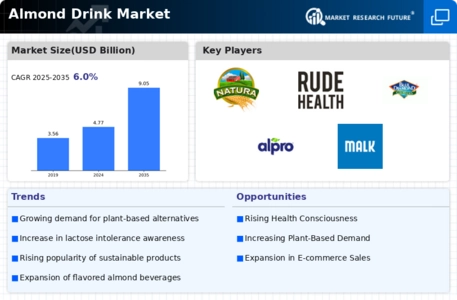
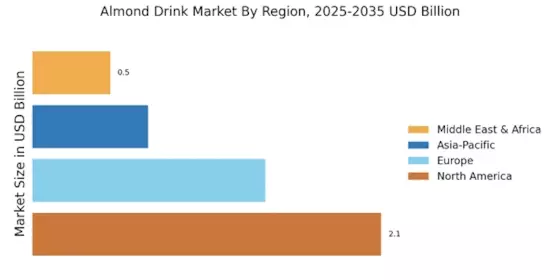
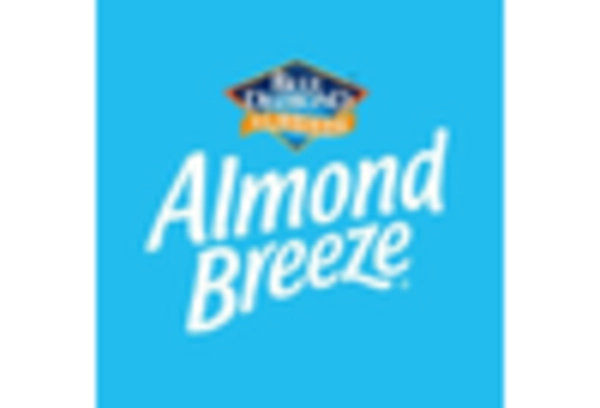

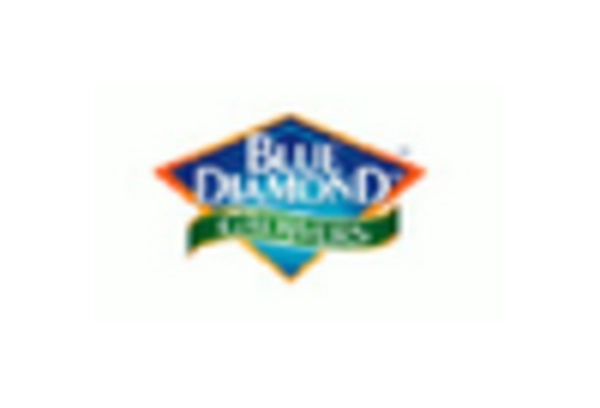
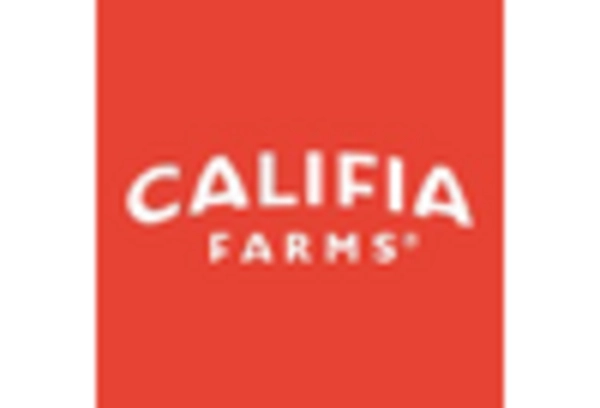
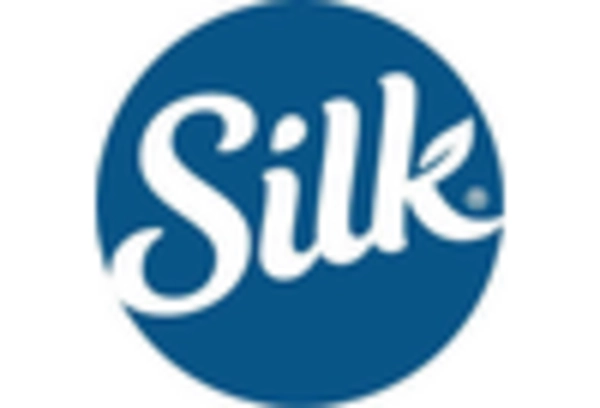









Leave a Comment